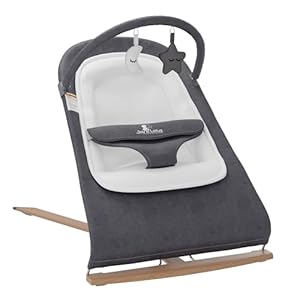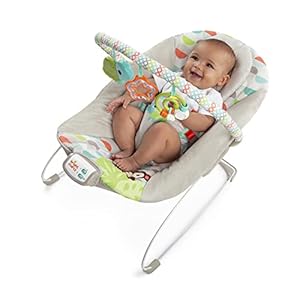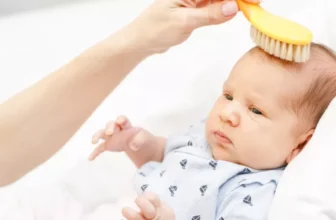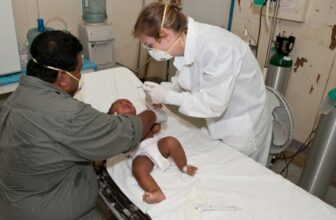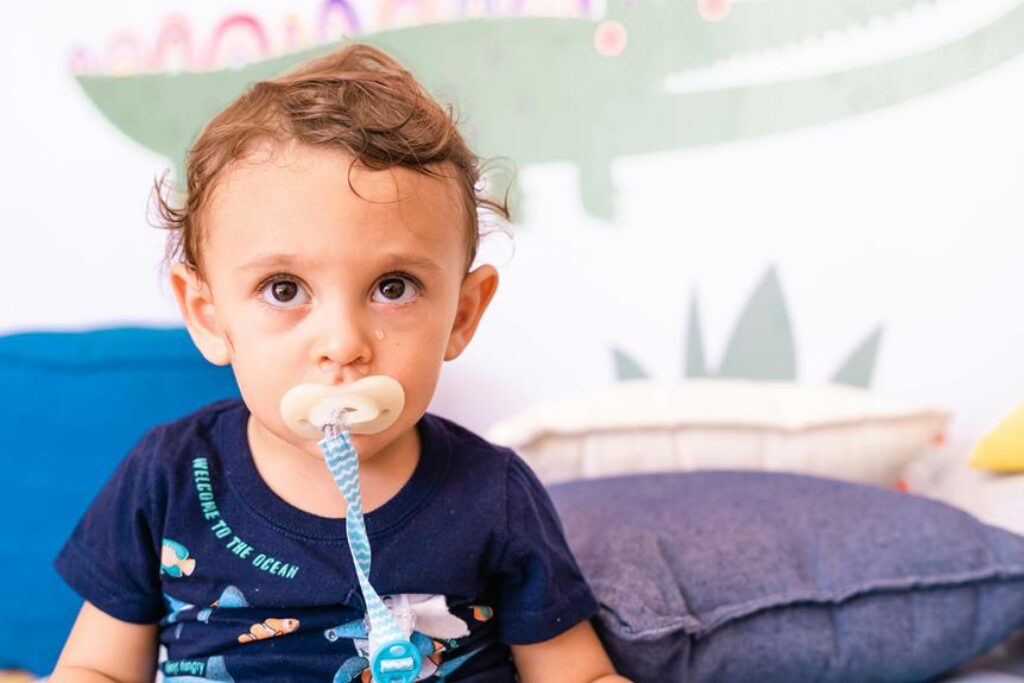
As you go through each room in your home, ensuring it’s safe for your little one is paramount. From securing electrical outlets to preventing falls on staircases, every corner requires careful attention. But what about the less obvious dangers lurking around your house? Stay tuned to discover some often overlooked areas that might need your immediate attention in order to create a truly baby-proofed environment.
Kitchen Safety
When baby proofing your home, make sure to pay special attention to kitchen safety to prevent accidents. Start by installing safety latches on all cabinets and drawers within reach. This will prevent your curious little one from getting into harmful substances or sharp objects. Keep all cleaning supplies and chemicals locked away in a high cabinet or secured with a childproof lock.
Secure all low-hanging kitchen appliances, such as toasters and blenders, to prevent them from being pulled down. Store appliance cords out of reach to avoid any potential strangulation hazards. Always turn pot handles inward when cooking on the stove to prevent your child from grabbing them and causing spills or burns.
Ensure that all sharp utensils are stored in a locked drawer or up high, away from tiny hands. Keep hot drinks and foods out of reach and never leave them unattended on the counter. By taking these simple precautions, you can create a safe kitchen environment for your little one to explore without worry.
Bathroom Essentials
To ensure a safe bathroom environment for your little one, prioritize securing medicine cabinets and toilet lids out of their reach. Store all medications, toiletries, and cleaning products in locked cabinets or high shelves. Childproof latches can prevent curious hands from accessing potentially harmful items. Remember to keep the toilet lid closed and consider installing a toilet lock to prevent drowning hazards.
Additionally, cover sharp edges of countertops and install soft close mechanisms on drawers to prevent pinched fingers. Use non-slip mats in the bathtub and on the floor to avoid slips and falls. Adjust the water heater to a safe temperature to prevent burns. Ensure electrical outlets near water sources are equipped with ground fault circuit interrupters (GFCIs) to reduce the risk of electric shock.
Regularly check for any leaks or mold growth in the bathroom to maintain a healthy environment for your little one. By implementing these bathroom safety measures, you can create a secure space for your child to explore and enjoy bathtime without unnecessary risks.
Living Room Hazards
Secure your living room by identifying and addressing potential hazards that could pose a danger to your child’s safety.
Start by ensuring all electrical outlets are covered with safety plugs to prevent curious fingers from getting shocked.
Secure heavy furniture such as bookshelves and TV stands to the wall to prevent tipping.
Keep cords from blinds and curtains out of reach by using cord wind-ups or ties.
Place cushiony edge guards on sharp corners of coffee tables and other furniture to prevent head injuries.
Store away small items like coins, batteries, or any other choking hazards that might be within reach.
Be mindful of plants that could be toxic and either move them out of reach or opt for non-toxic alternatives.
Lastly, keep remote controls, small toys, and other small objects off the floor to prevent choking hazards.
Bedroom Precautions
To ensure your child’s safety in the bedroom, prioritize securing furniture and covering sharp edges to prevent accidents. Start by anchoring heavy dressers, bookshelves, and other tall furniture to the wall to prevent tip-overs. Use furniture straps or L-brackets for a secure attachment. Keep cribs, beds, and other furniture away from windows to avoid falls. Place safety gates at the entrance of the room to restrict access when needed.
Cover sharp edges of furniture, such as bed frames, nightstands, and dressers, with corner guards to prevent injuries. Make sure electrical outlets are covered with outlet plugs to avoid electrical accidents. Keep cords from blinds or curtains out of reach to prevent strangulation hazards. Install window guards or stops to limit how far windows can be opened, reducing the risk of falls. Additionally, avoid placing small objects like toys or jewelry within reach of your child while in the bedroom.
General Home Safety
Ensure all rooms in your home are equipped with smoke detectors and carbon monoxide alarms for optimal safety. These devices are crucial in alerting you to potential dangers, allowing you to take immediate action to protect your family. Regularly test the alarms and replace batteries as needed to ensure they’re functioning correctly.
Keep all sharp objects, choking hazards, and toxic substances out of reach of children. Secure heavy furniture and TVs to the wall to prevent tipping accidents. Use safety gates at the top and bottom of stairs to prevent falls.
Check that all electrical outlets have outlet covers to prevent accidental shocks. Keep cords for blinds or curtains out of reach to avoid strangulation risks. Install window guards to prevent falls from open windows.
Create a family emergency plan and ensure all family members are familiar with it. Include important contacts, evacuation routes, and designated meeting points. Practice fire drills regularly to ensure everyone knows what to do in case of an emergency.
Baby products

